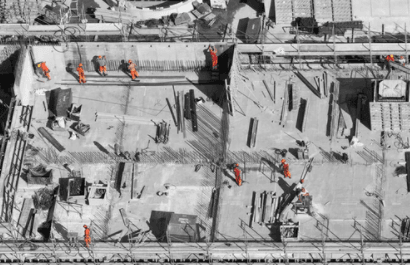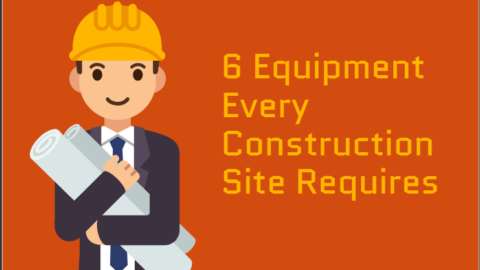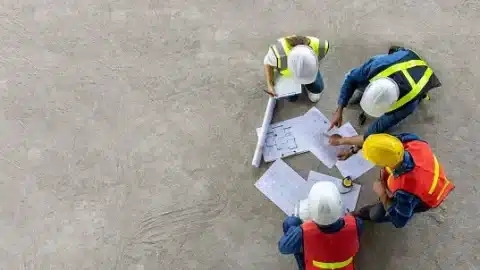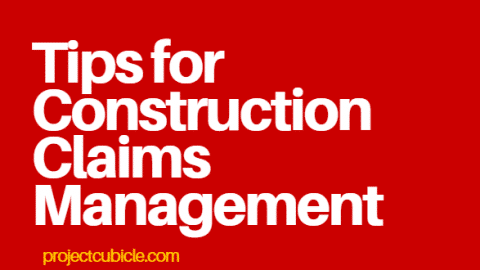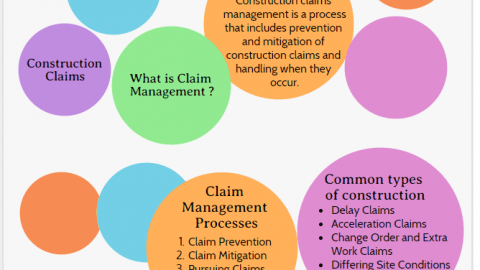Claim Management in Construction Projects
Construction claims are getting complex based on the nature and the complexity of the construction projects. Clients, contractors, and subcontractors of this environment try to reach their own goals and expectations in order to increase their benefits. Conflicts may arise as a result of this diversified goals and expectations of parties. If the conflicts are not managed successfully, disputes which affect the successful completion of the construction project may arise. Therefore claim management is an unavoidable process in construction project management which requires effective management practices during the entire life cycle of a project. In this article, we will take a glance at construction claims and responses and claim management process in construction projects.
Table of Contents
Construction Claims, Responses and Management
In the construction industry, the objective of the contractor is to perform the work required by the client properly and timely and the objective of the client is to pay a reasonable price for all the work performed including any changes. However, during the performance of work, unresolved and disputed changes may occur.
A construction claim is the assertion of a right demanding either additional time or/and payment due to the result of an action. It is possible to meet construction claims in all construction projects. Construction claims are originated by several reasons such as inadequate project planning, changes in scope, change orders, errors, and omissions, contract expediting or slowdown.
Before to discuss construction claim management phases, let’s take a glance at common types of construction claims.
Common Types of Construction Claims
Construction claims may arise from various sources of disagreement between the contractor and the client. Below are the most common types of construction claims.
- Delay Claims: When the project takes longer than as it is stated in the contract, the client files a claim and against the contractor for the loss arising from late completion.
- Acceleration Claims: In order to catch up the work schedule and complete the project on time, the contractor accelerates the works by spending more money. Disputes arise for the acceleration cost between the parties because the contractor files a claim against the client for an extra payment. And the client doesn’t want to bear the costs for acceleration. Both parties accuse each other for delays.
- Change Order and Extra Work Claims: During the project execution phase, the client may request extra work be done, without making the written request. Disputes arise from the discussion of whether the requested change falls within the scope of work or not. In some cases, disputes arise related to the unit price of the extra work.
- Differing Site Conditions Claims: When the actual site condition is different from the conditions written in the contract, the contractor files a claim. For instance, the kind of soil specified in the contract is clay in a highway project. However, the contractor starts to investigate ground conditions and reports that the ground is rocky soil. Then the contractor files a claim to increase the unit price of excavation.
- Damage Claims: During construction activity, the contractor may damage a property owned by the client. In that case, the client files a claim to retrieve a loss.
Other most common construction claims include;
- Defect Claims (related to design and construction )
- Force Majeure Claims
- Cost Overrun Claims
- Non-payment Claims (or Notice to Withhold Claims)
- Loss of Labor Productivity Claims
Construction Claim Management
A typical claim management process basically has 4 phases which are below:
1. Claim Prevention
2. Claim Mitigation
3. Claim Identification and Quantification
4. Claim Resolution
1. Claim Prevention
The claim prevention process is activated at Pre-tender and Contract Formulation phases of a project. Contract documents, project plan and scope of work should include all requirements related to the project because after the award of contract the opportunity to prevent claim comes to an end.
2. Claim Mitigation
Construction activities are generally performed in highly sensitive and outdoor environments. It is better to minimize the possibilities of occurring claim all through the progression of the contract. A well-defined scope, responsibilities, and risks will help to decrease the possibility of occurrence of claims. Also, risk management plans play important roles in the phase of claim mitigation.
3. Claim Identification and Quantification
Claim identification can be done by analyzing both the scope of work and the provisions of the contract. Inputs of the claim identification process are the scope of work, contract terms, definition of extra work and definition of extra time requested.
Once an activity is identified as a claim, it will be quantified in terms of an additional payment or a time extension to the contract completion or to another milestone date. In this phase, schedule and critical path analysis should be made in order to calculate the delay of the project. In addition to that, additional direct costs and indirect costs originated from the claimed activity should be calculated.
4. Claim Resolution
Claim resolution is a step by step process to resolve the claim issues. Depending on the resolution terms of the contract, negotiation, mediation, arbitration, and litigation processes will be conducted.
Why is Claim Management Important in Construction?
Construction claims have high cost and time impacts on the projects therefore, the contractors and the clients should establish a powerful claim management system in their organizations. It is critical to be aware of the causes of conflicts in order to complete the construction project by meeting the quality and budget requirements. The first thing is to avoid claims by managing the root causes. Therefore contents of tender documents and contract documents should be analyzed carefully. During the execution phase, establishing good communication channels between the parties is always a considerate approach because communicating the issues provides an effective and cheaper solution. In this article we discussed construction claims and responses. If you want to add or share anything regarding construction claims and responses, please use the comments box below.
External References
See Also
Conflict Management Techniques
Recommended Course

Victor Z Young is a Civil Engineer with 35 years of experience working alongside the executive team of various construction companies. Victor specializes in construction insurance, delay analysis, performance analysis and engineering. He holds a Doctor of Project Management from Northwestern University.

